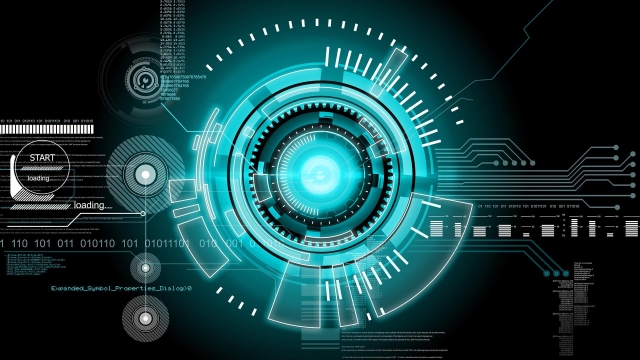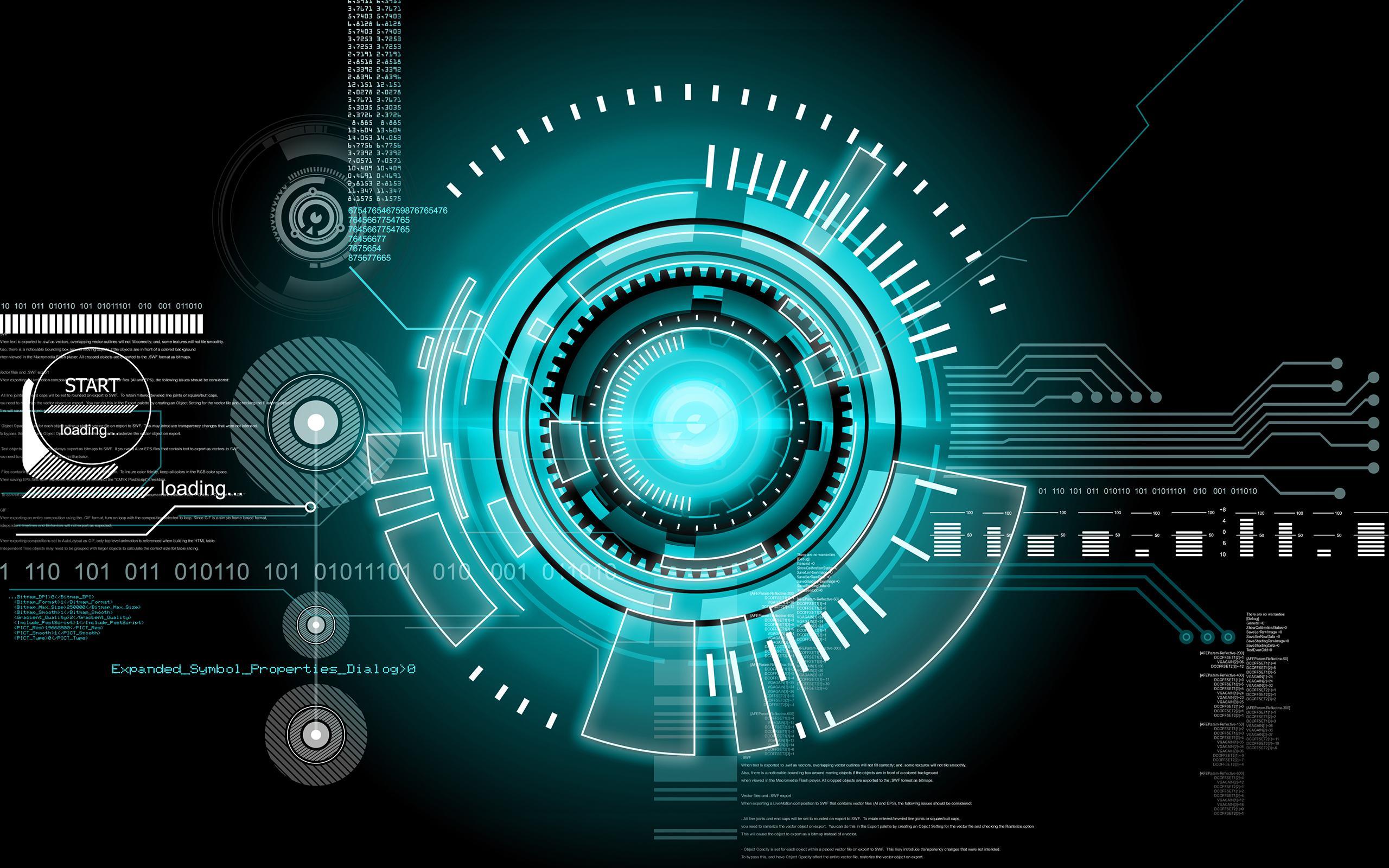Unveiling the Digital Illusion: The Rise of Deepfake Technology


Deepfake technology has emerged as one of the most intriguing and controversial advancements in the digital world. With its ability to seamlessly swap faces and manipulate videos, it has captured the attention of both experts and the general public alike. This groundbreaking technology utilizes artificial intelligence to generate highly realistic simulations, blurring the lines between what is real and what is fabricated. From celebrities endorsing products they have never used to political leaders making statements they never uttered, the potential implications of deepfakes are vast and far-reaching.
At its core, deepfake technology works by training a machine learning algorithm on a large dataset of images and videos. By analyzing and learning from these inputs, the algorithm is able to generate convincingly altered visuals that can be almost indistinguishable from authentic footage. This has raised concerns regarding the spread of misinformation and the erosion of trust within society. The ever-increasing accessibility of deepfake tools has made it easier for malicious actors to create convincing hoaxes, further exacerbating the problem.
Despite its negative implications, deepfake technology also holds promise in various applications. It has the potential to revolutionize the entertainment industry, allowing actors to effortlessly portray characters across different ages or backgrounds. It can also greatly enhance visual effects in movies and video games, immersing audiences in new and imaginative virtual worlds. However, the responsibility lies in using this technology ethically to prevent its misuse and potential harm.
As the prevalence of deepfakes continues to rise, it becomes crucial for individuals to discern fact from fiction. This requires a critical eye and a healthy skepticism, as well as a collective effort to develop innovative detection methods to combat the deceptive nature of deepfake technology. With the potential to disrupt the very foundations of truth and reality, it is imperative that we stay informed and vigilant in order to navigate the digital landscape that deepfakes have the power to create.
The Origins of Deepfake Technology
The concept of deepfake technology emerged in the late 20th century. It started as a novel application of artificial intelligence (AI) and machine learning techniques. Researchers began exploring ways to manipulate and alter digital media, such as images and videos, to create realistic and convincing illusions.
Deepfake technology gained significant attention in recent years due to advancements in deep learning algorithms and the availability of vast amounts of data. These algorithms can analyze and understand patterns in data, making it possible to generate incredibly realistic fake content.
The origins of deepfake technology can be traced back to the development of generative adversarial networks (GANs). GANs are a type of neural network architecture that consists of two components: a generator and a discriminator. The generator generates fake content, while the discriminator tries to distinguish between real and fake samples.
Initially, deepfake technology was primarily used for entertainment purposes, such as creating funny videos or swapping faces in movies. However, concerns quickly emerged regarding its potential misuse and implications for privacy and security.
As deepfake technology continues to evolve, it raises important questions about the nature of truth in the digital age and the need for safeguards against its malicious use. The next sections of this article will delve deeper into the impact of deepfake technology and explore possible solutions to mitigate its negative effects.
How Deepfake Technology Works
Deepfake technology, a powerful tool fueled by artificial intelligence, has gained significant attention in recent years. It allows individuals to create highly realistic videos and images that manipulate and superimpose faces onto different bodies or alter existing footage. Understanding how this technology works involves delving into the fascinating world of machine learning and neural networks.
At the core of deepfake technology lies a process called "generative adversarial networks" (GANs). GANs consist of two key components: the generator and the discriminator. The generator is responsible for creating the fake content, while the discriminator’s role is to distinguish between real and fake data. Through continuous iteration and training, the generator strives to generate content that successfully deceives the discriminator, ultimately producing convincing and seamless deepfake creations.
The training process begins with a dataset of real images or videos, which the generator uses to learn and understand the patterns, features, and characteristics of the original content. The discriminator simultaneously learns to distinguish between real and fake data, pushing the generator to improve its creations. Gradually, the generator becomes adept at generating images or videos that closely resemble the original data, making it challenging for the discriminator to differentiate between the two.
To ensure accuracy and enhance the quality of deepfakes, sophisticated neural networks are employed. These networks are designed to analyze vast amounts of data and make connections between various elements, such as facial expressions, movements, and lighting conditions. By leveraging this comprehensive understanding, deepfake technology can manipulate and alter the targeted faces seamlessly, creating almost indistinguishable artificial content.
As deepfake technology continues to advance rapidly, it raises a myriad of ethical concerns and potential consequences. From fake news to identity theft and misinformation, the misuse of this technology can have far-reaching implications. It is crucial that policymakers, researchers, and society as a whole remain vigilant, comprehending the intricacies of this technology and working towards responsible and ethical use to minimize its negative impact.
The Implications and Challenges of Deepfakes
Deepfake technology, with its ability to convincingly manipulate and fabricate audiovisual content, poses significant implications and challenges in today’s digital landscape. As this technology continues to advance, its impact on various aspects of our society cannot be ignored.
One of the major concerns surrounding deepfakes is their potential to spread misinformation. With the ability to create incredibly realistic fake videos or images, malicious actors can easily deceive individuals or even manipulate public opinion. The rapid dissemination of such content through social media platforms amplifies this risk, making it difficult for users to distinguish between real and manipulated content.
The rise of deepfakes also raises serious ethical and privacy concerns. By using this technology, individuals can have their faces or voices convincingly replaced in videos without their consent. This not only infringes upon their right to privacy but also opens doors to potential misuse, such as revenge porn or harassment.
Additionally, deepfakes undermine the trust we place in digital media. As the technology becomes more sophisticated, it becomes increasingly challenging to discern between genuine and manipulated content. This erosion of trust has far-reaching consequences for journalism, public figures, and the general public, as it ultimately impacts the credibility and reliability of information we encounter.
In conclusion, deepfakes pose significant implications and challenges in our society. From the spread of misinformation to concerns about privacy and ethics, it is crucial that we address these issues and find effective solutions. As technology continues to evolve, we must remain vigilant and proactive in mitigating the risks associated with deepfake technology.